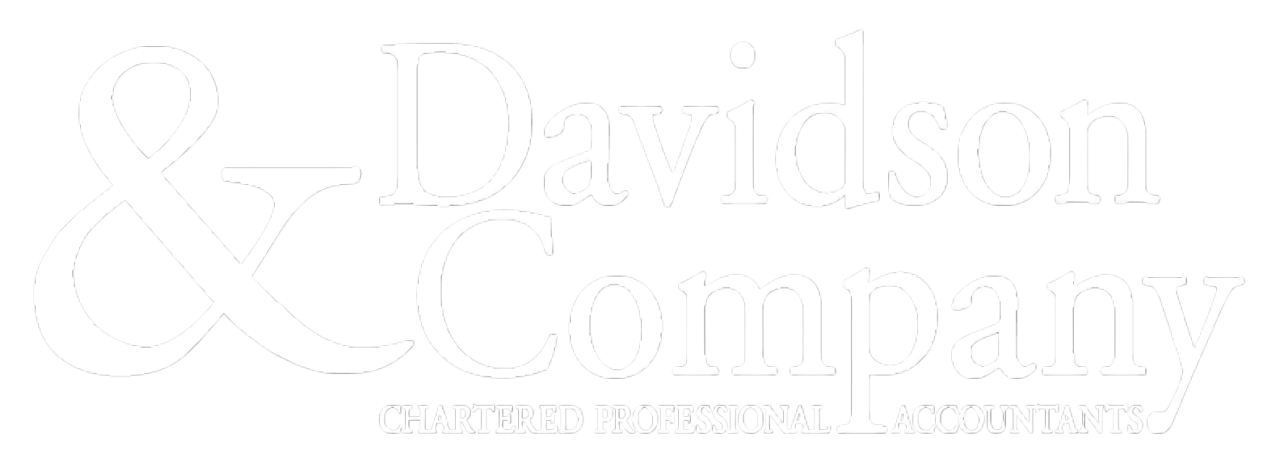In response to the COVID-19 pandemic, the Federal government passed Bill C-14 on April 11, 2020 to implement the Canada Emergency Wage Subsidy (“CEWS”). The CEWS is a 75% wage subsidy program intended to encourage businesses to keep individuals employed or re-hired as a result of COVID-19 and to facilitate employers to resume normal operations after the crisis. The subsidy will apply to eligible employers for up to 12 weeks, retroactive to March 15, 2020.
Who is eligible to apply for the CEWS?
“Eligible employers” are able to apply for the CEWS that include individuals, taxable corporations, and partnerships (with partners comprised of eligible employers, non-profit organizations and registered charities). In particular, we note that the CEWS has expanded to include certain non-Canadian controlled private corporations (e.g. public companies, non-resident companies) that were excluded from the previously announced 10% wage subsidy program.
The subsidy would be available to eligible employers that see a decrease of their arm’s-length sourced revenue based on the following eligible periods:
Period Claiming Period Required Reduction in Revenue Reference Period for Eligibility
| Period: | Claiming Period: |
Required Reduction in Revenue: | Reference Period for Eligibility: |
| Period 1 | Mar 15 to Apr 11 | 15% | March 2020 over:
|
| Period 2 | Apr 12 to May 9 | 30% | April 2020 over:
|
| Period 3 | May 10 to Jun 6 | 30% | May 2020 over:
|
Revenue would be calculated using the employer’s normal accounting method, and would exclude revenues from extraordinary items and amounts on account of capital. The government is clarifying that employers may be allowed to calculate their revenues under the accrual method or the cash method, but not a combination of both, and would be required to use that method for the entire duration of the program.
In order to provide certainty to employers, once an employer is found eligible for a specific period, the employer automatically qualifies for the next period.
What is the amount of the subsidy?
The subsidy is calculated based on a percentage of remuneration paid to eligible employees for the period between March 15 and June 6, 2020 equal to the greater of:
- 75% of the amount of remuneration paid, up to a maximum benefit of $847 per week; and
- The amount of remuneration paid, up to a maximum benefit of $847 per week or 75% of the employee’s pre-crisis remuneration, whichever is less.
Pre-crisis remuneration is determined based on the average weekly remuneration paid between January 1 and March 15, 2020 inclusively, excluding any seven-day periods in respect of which the employee did not receive remuneration, on an employee-by-employee basis. Although there is a limit on the subsidy for each eligible employee, there would be no overall limit on the total subsidy amount that an eligible employer may claim.
Which employees are eligible for the subsidy?
An “eligible employee” is an individual who is employed in Canada, including new employees. Eligibility for the CEWS of an employee’s remuneration will be limited to employees that have not been without remuneration for more than 14 consecutive days in the eligibility period.
Special rules will apply to employees that do not deal at arm’s length with the employer (e.g. individuals that have voting control of a company or individuals related to the controlling shareholder).
How does this interact with the previously announced 10% wage subsidy?
Employers that are eligible for both the CEWS and the 10% wage subsidy provided for in the COVID-19 Emergency Response Act will have any benefit from the CEWS reduced by the amount of benefit received from the 10% wage subsidy program.
How does an eligible employer apply for the CEWS?
Eligible employers will be able to apply through the Canada Revenue Agency’s My Business Account portal when the application process opens. Accordingly, we encourage employers to register for the My Business Account portal as soon as possible.
What if my employee has already claimed the Canada Emergency Response Benefit (“CERB”)?
The government is currently considering implementing an approach to limit duplication of benefits between the CEWS and the CERB.
How will the CEWS be enforced?
Compliance with the CEWS terms will be enforced via penalties of fines or imprisonment. Employers found to engage in artificial transactions to reduce revenue for the purpose of claiming the CEWS will be subject to a penalty equal to 25% of the value of the subsidy claimed, in addition to the requirement to repay in full the subsidy that was improperly claimed.
Please note, this is only a summary of the recently enacted legislation and commentary provided by the Federal government. We strongly encourage you to contact us if you wish to determine your eligibility for the CEWS.
The information contained herein is of a general nature and is not intended to address the circumstances of any particular individual or entity. No one should act upon such information without appropriate professional advice after a thorough examination of the particular situation. Please contact our tax group if you have any questions on the impact of these changes.
